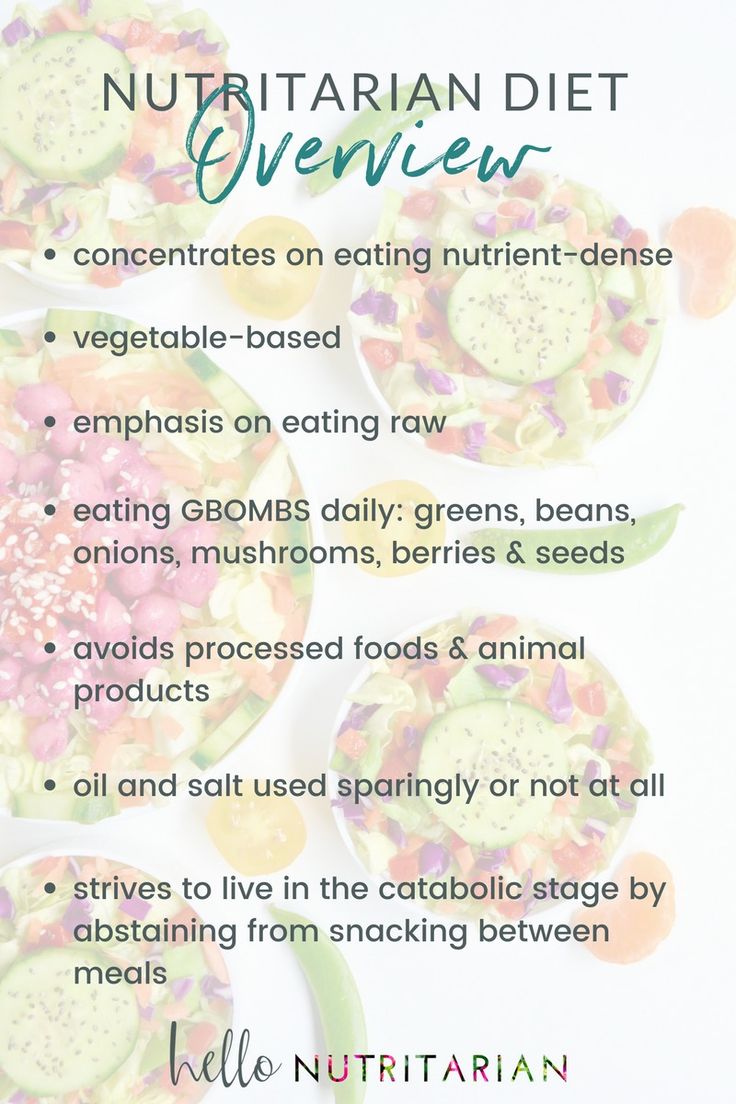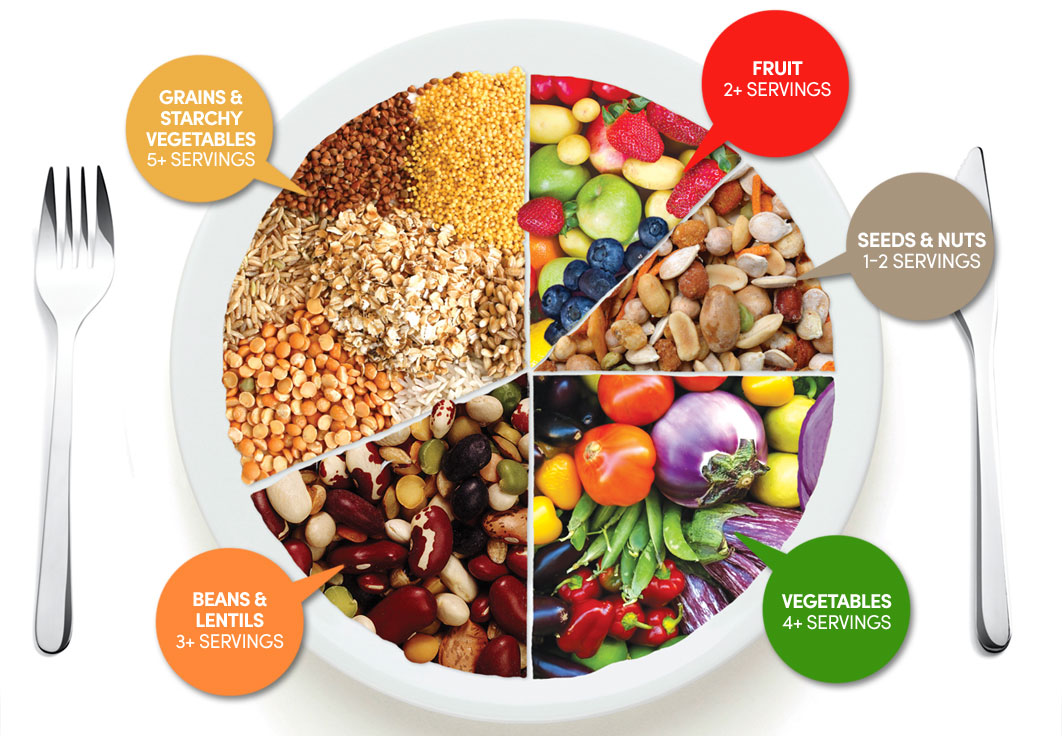
It's possible to eat a healthy diet, without the use of animal products, and still get all the nutrients you need. There are some things you should consider before changing to a vegan diet. You will need to replace certain nutrients, such as calcium and vitamin B12 from dairy products. These nutrients are almost exclusively found within animal products. These nutrients can be replaced with plant-based foods and nutrient supplements. A dietitian can provide advice and recommend the appropriate foods to replace them.
They reduce the risk of 15 of the leading causes of death
Heart disease (CHD) is the world's leading killer. It kills 17.9 millions people every year. Numerous studies have shown that vegan and vegetarian diets can reduce the chance of developing this disease. CHD risks are reduced by around 20% in vegans and vegetarians, according to research. They had 10 less cases of CHD per 1000 people than meat-eaters. A number of studies by the Pan-European EPIC Cohort found a lower risk of CVD among meat-eaters.
A new study in Nature Communications has shown that vegans are less likely to suffer from an ischemic stroke. The study was conducted on 15,000 people who had suffered from either hemorhagic strokes or strokes that resulted in blood flow blockage to the brain. These promising results need to be confirmed by further studies.

They are also environmentally friendly
Studies have shown that veganism is more eco-friendly than eating meat. Meat consumption is associated with higher levels of greenhouse gases and deforestation. Raising beef, chicken and other animals to eat requires land that could be used for fruits and vegetables. The livestock sector ruins our planet and drains the soil of nutrients. This leads to habitat destruction and deforestation.
It is no surprise that vegans have seen a 160 percent increase in their number over the past decade. Take the time to think about where your food came from and how it was grown. Most meat comes from faraway places, but vegan food can be grown locally in many locations. Mangoes, for example, and pomegranates are both from India. You can also choose beans and lentils grown in Canada and Brazil. It is more sustainable to buy avocados and goji berries from local farms than import them.
It is easy to make the transition.
There are simple steps you can take to make the transition to a vegan lifestyle. You should carefully read the ingredient labels to ensure you only purchase products made with natural ingredients. Look out for ingredients like whey, carmine, red 4, and confectioner's glaze, as these are all derived from animal products. Some companies will even label their products as vegan at or near the beginning of the ingredient list.
It's important to start slowly, so don't overwhelm yourself by trying to make every single meal a gourmet creation. It is possible to transition to a vegan lifestyle by taking it one meal at a time. Try not to be overwhelmed by the transition and limit your meals to one per day for a few more weeks.

They promote humane treatment and respect for animals
Being vegan is a great way to support humane treatment of animals. By refusing to buy or consume animal products, you are helping to reduce demand. This means that less animals are being bred or killed in farms and factories. In the UK alone, over one billion animals are raised every year for food. These animals are often raised on factory farms and killed in their final months.
The philosophy of veganism is based on the belief that using animals for human purposes is cruel and unjust, and that a person of conscience should refrain from doing so. A vegan is someone who vows not to eat, wear, or use animal products. A vegan is also a conscientious objector against violence against animals.
FAQ
Do I have to count calories?
It is possible to wonder "what the best diet is for me?" or "is counting calories necessary?" Well, the answer depends on several factors including your current health status, your personal goals, your preferences, and your overall lifestyle.
The Best Diet For Me: Which One Is Right?
My personal health, goals, lifestyle and preferences will all influence the best diet. There are many diets available, some good and others not so good. Some work well for certain people while others don't. What should I do? How can I make the right choice?
These are the questions this article will answer. The article starts by introducing the many types of diets currently available. After that, you will learn about the pros and disadvantages of each type. Finally, we'll discuss how to select the best one.
Let's look at some of the main types of diets to get started.
Diet Types
There are three main types of diets: low fat, high protein, and ketogenic. Let's talk about them briefly.
Low Fat Diets
A low fat diet is a diet that restricts the amount of fats consumed. This is done through reducing the intake of saturated fats (butter, cream cheese, etc.) They should be replaced by unsaturated oil (olive oils, avocados, etc.). For those looking to lose weight quickly, a low fat diet is often recommended. This kind of diet could cause constipation or heartburn and other digestive problems. If a person doesn’t receive enough vitamins from their foods, this can lead to vitamin deficiency.
High Protein Diets
High protein diets restrict carbohydrates in favor of proteins. These diets usually have higher amounts of protein than other diets. These diets are meant to help increase muscle mass and decrease calories. Unfortunately, they can't provide adequate nutrition for those who eat regularly. They may also be too restrictive and not suitable for everyone.
Ketogenic Diets
Also known as keto diets, ketogenic diets are also called keto diets. They are high on fat but low in carbs and proteins. They are typically used by athletes and bodybuilders because they allow them to train harder and longer without getting tired. However, they must be used with caution to avoid nausea, headaches and fatigue.
How can I get enough vitamins?
Your diet can provide most of your daily requirements. Supplements may be necessary if you are not getting enough of a particular vitamin. Multivitamin supplements can be taken that contain all the vitamins you need. Or you can buy individual vitamins from your local drugstore.
Talk to your doctor if you have concerns about getting enough nutrients. The best sources of vitamins K, E, and C are found in dark green leafy veggies such as spinach and broccoli, kale.
Ask your doctor for advice if you are unsure how much vitamin to take. Based on your medical history, and current health status, your doctor will recommend the right dosage.
What can you do for your immune system to improve?
Human bodies are made up of trillions upon trillions of cells. These cells combine to form organs or tissues that serve specific functions. One cell is replaced by another when it dies. Chemical signals, called hormones, allow cells to communicate with each other. Hormones regulate every bodily process, from growth and development to metabolism as well as immunity.
Hormones are chemical substances that glands secrete throughout the body. They circulate through the bloodstream and act as messengers to regulate how our bodies function. Some hormones are produced internally while others are made outside of the body.
Hormone production occurs when a hormone producing gland releases its contents to the bloodstream. Once hormones are released, they move through the body to reach their target organ. In some cases hormones can remain active for a very short time. Other hormones remain active longer and still have an influence on the body's functioning long after they leave bloodstream.
Some hormones are produced in large quantities. Others are made in very small amounts.
Some hormones only are produced during certain periods of life. For example, estrogen is made during puberty. Estrogen assists women with breast development, bone density, and osteoporosis prevention. Estrogen promotes hair growth, and skin stays soft and smooth.
What are the top 10 healthy habits?
-
Eat breakfast every day.
-
Don't skip meals.
-
Be balanced.
-
Get plenty of water.
-
Take care to your body.
-
Get enough sleep.
-
Stay away from junk foods.
-
Daily exercise
-
Have fun
-
Find new friends
What is the best diet for me?
Many factors influence which diet is best for you. These include your gender, age and weight. It is also important to think about how much energy you use during exercise and whether you like low-calorie foods.
Intermittent fasting may be a good choice if you want to lose weight. Intermittent Fasting means that you eat only one meal per day and not three. You may find that this method works better for you than traditional diets that include daily calorie counts.
Studies have shown that intermittent fasting can improve insulin sensitivity and decrease inflammation. This could lead to lower blood sugar levels and a reduced risk of developing diabetes. Intermittent fasting has been shown to promote fat loss as well as improve overall body composition.
What makes an antibiotic effective?
Antibiotics are medications that kill harmful bacteria. Antibiotics are used to treat bacterial infections. There are many types of antibiotics. Some can be taken orally while others can be injected. Others are topically applied.
Antibiotics are often prescribed to people who have been exposed to certain germs. For example, if someone has had chicken pox, he or she might take an oral antibiotic to prevent shingles later on. An injection of penicillin may be necessary to prevent pneumonia if someone has strep.
If antibiotics are to be administered to children, they must be prescribed by a doctor. Children are more susceptible to side effects from antibiotics than adults.
Diarrhea is the most common side effect from antibiotics. Other side effects include dizziness, nausea and vomiting, dizziness, stomach cramps, dizziness, allergic reactions, dizziness, dizziness, stomach cramps, diarrhea, nausea, vomiting, allergy, headaches, dizziness, dizziness, dizziness, stomach cramps, and stomach cramps. These side effects usually disappear once treatment has ended.
What causes weight loss as we age?
How can you tell if your bodyweight has changed?
A person who has less body fat than their muscle mass will experience weight loss. This means that daily energy needs must be greater than the calories consumed. Activity levels are the most common reason for weight loss. Other factors include stress, pregnancy and hormonal imbalances. Weight gain occurs when there is more fat than muscle mass. It occurs when people eat more calories each day than they use. There are many reasons for this, including overeating and increased physical activity.
We eat less calories than we burn, which is the main reason our bodies lose weight. When we exercise regularly, we increase our metabolism rate which burns off more calories throughout the day. However, this doesn't mean that we'll necessarily get thinner; what matters is whether or not we're losing fat or gaining muscle. If we're burning more calories than we're consuming then we're going to lose weight. But if we're consuming more calories than we're burning, then we're actually storing them as fat.
As we grow older, we tend to become slower at moving around and therefore we don't move as much. We also tend have less food to eat than we did when younger. We tend to gain weight. On the flip side, we tend to have more muscle mass so we look bigger than we really are.
There is no way to measure how much weight your body has lost without weighing yourself every week. There are many ways to determine your weight. You can check your waist size, your hips, your thighs, your arms, etc. Some people prefer to use the bathroom scales, while some prefer to use tape measurements.
You can track your progress by weighing yourself at least once per week and measuring your waistline every month. You can also take pictures of yourself every few months to see how far you've come.
You can also find out how much you weigh by looking up your height and weight online. For example, if your height is 5'10", and your weight is 180 pounds, then you'd probably be 180 pounds.
Statistics
- The Dietary Guidelines for Americans recommend keeping added sugar intake below 10% of your daily calorie intake, while the World Health Organization recommends slashing added sugars to 5% or less of your daily calories for optimal health (59Trusted (healthline.com)
- According to the Physical Activity Guidelines for Americans, we should strive for at least 150 minutes of moderate intensity activity each week (54Trusted Source Smoking, harmful use of drugs, and alcohol abuse can all seriously negatively affect your health. (healthline.com)
- nutrients.[17]X Research sourceWhole grains to try include: 100% whole wheat pasta and bread, brown rice, whole grain oats, farro, millet, quinoa, and barley. (wikihow.com)
- In both adults and children, the intake of free sugars should be reduced to less than 10% of total energy intake. (who.int)
External Links
How To
What does the meaning of "vitamin?"
Vitamins can be described as organic compounds found in food. Vitamins are essential for our bodies to absorb nutrients from the foods we eat. Vitamins cannot come from the body so food must provide them.
There are two types: water-soluble and fat-soluble vitamins. Water-soluble vitamins dissolve in water easily. Some examples include vitamin C,B1 and B2 vitamins (thiamine), B2 and riboflavin, B3 and niacin, B6 vitamins (pyridoxine), B6 vitamins (niacin), folic acids, biotin, pantothenic acids, and Choline. The liver and fat soluble vitamins are stored in fatty tissue. You can find vitamin D, E K, A and beta carotene as examples.
Vitamins can be classified according to biological activity. There are eight major groups of vitamins:
-
A - essential for normal growth and maintenance of health.
-
C - important for proper nerve function and energy production.
-
D - Essential for healthy teeth and bones.
-
E - needed for good vision and reproduction.
-
K - required for healthy muscles and nerves.
-
P – vital for building strong bones.
-
Q - Aids in digestion and absorption.
-
R is required for the production of red blood cells.
The recommended daily allowance of vitamins (RDA), varies depending upon age, gender, physical condition, and other factors. The U.S. Food and Drug Administration has established the RDA values.
For adults aged 19 and older, the RDA for vitamin B is 400 micrograms daily. For fetal development, pregnant women require 600 micrograms per daily. Children ages 1-8 require 900 micrograms per day. Infants below one year of age need 700 micrograms daily. But, between 9 months to 12 months of age, the amount drops to 500micrograms per days.
Children aged 1-18 years need 800 micrograms daily, while children overweight require 1000 micrograms per days. Children who are severely obese or underweight will need 1200 micrograms each day.
Children ages 4-8 years who have been diagnosed with anemia need 2200 micrograms per day of vitamin C.
2000 micrograms are required daily for good health in adults over 50. Breastfeeding or pregnant women require 3000 micrograms per daily due to higher nutrient demands.
Adults over 70 require 1500 micrograms each day, since they lose approximately 10% of muscle mass each decade.
Women who are pregnant or nursing need more than the RDA. Pregnant and breastfeeding women require 4000 micrograms each day during pregnancy and 2500 Micrograms each day after birth. Breastfeeding mothers need to consume 5000 micrograms each day when breastmilk has been produced.